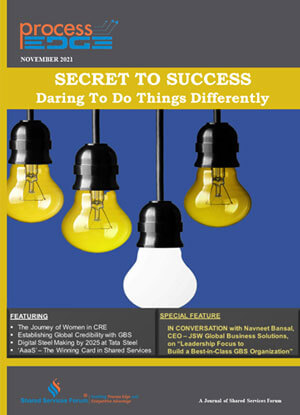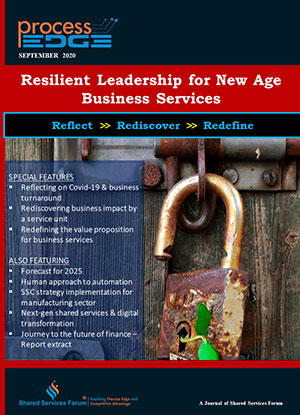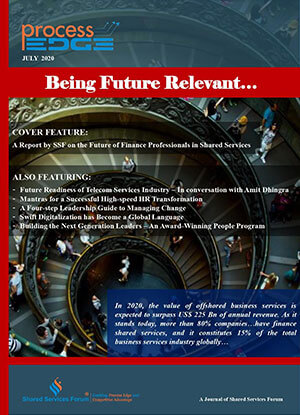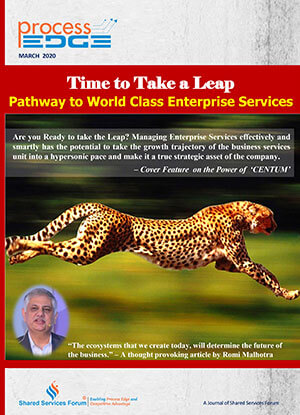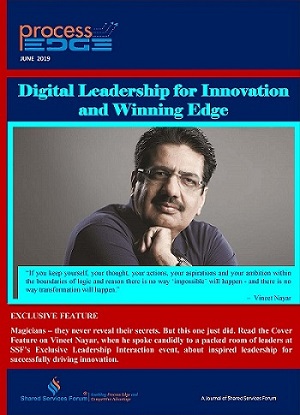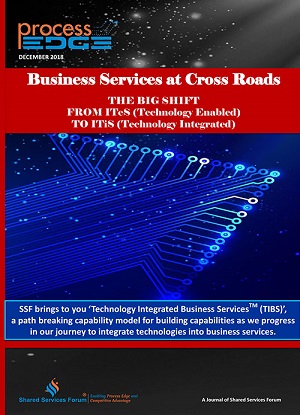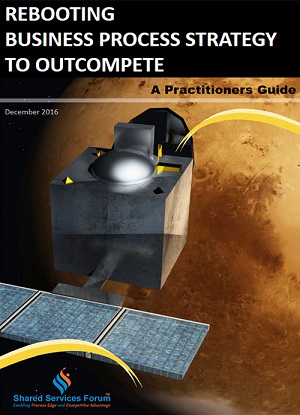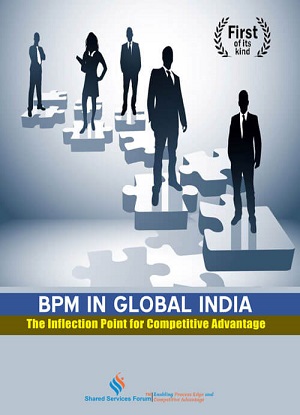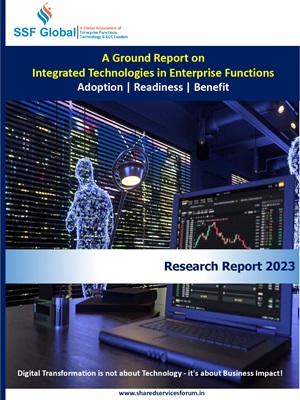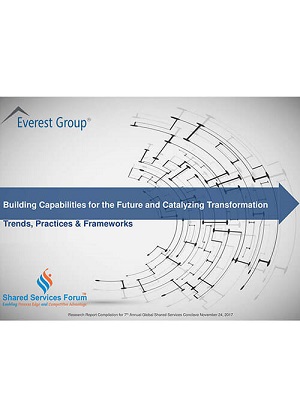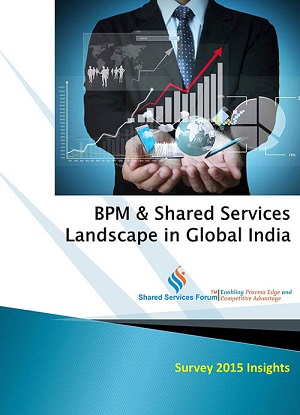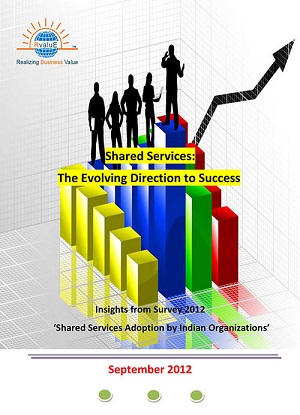
Would you like to start a conversation with other industry leaders to brainstorm a challenge or to just know more on a particular topic?
Engage in online discussions with your Peers
Start NowBPO has been renamed to Business Process Management (BPM) – encompassing a larger piece of clients’ activities and reinforcing the impact our industry has on businesses, says Partha DeSarkar, CEO, Hinduja Global Solutions.
The Business Process Outsourcing (BPO) landscape has changed drastically over the last two decades. From companies outsourcing for increasing efficiency and cost savings, it has now evolved to clients seeking help with driving revenue, staying competitive and connecting with their consumers more effectively. No wonder, BPO has been renamed to Business Process Management (BPM) – encompassing a larger piece of clients’ activities and reinforcing the impact our industry has on businesses.
Whatever be the scope, one thing that has remained constant with the BPM industry is that it sees ongoing disruption from new trends. As with all industries, the emphasis today is on the convergence of technology and digitisation. In all my years working in this industry, I am yet to see any single factor that has pushed the boundaries further than this convergence has and with such speed.
Here are the top five trends led by the digital-technology convergence that I believe will reshape the BPM industry in 2017 and onwards.
1. Omni-channel CX – From buzzword to mainstream
The consumer engagement environment has evolved in the last few years, with channel options growing and consumer-led interactions like self-service and social media gaining prominence. In fact, a single purchase decision made by a consumer is expected to include an average of 10 touch points across research, evaluation and final purchase.
With the proportion of digital natives increasing rapidly, more companies are expected to go the Omni-channel way to enhance their consumer experience (CX).
They will be in good company with some progressive retailers and consumer companies already setting the benchmark in leveraging Omni-channel experience to influence consumer behavior and buying patterns. An IDC study says that shoppers using multiple touch points have a 30 percent higher lifetime value than those who shop using only one channel.
2. Robotic process automation (RPA) – mobile, chatbots, self-serve et al.
We have been hearing about RPA – not to be confused with IT automation – for a while now but we need to move beyond the hype.
Few CXOs across industries are yet to understand the technology or its realistic capabilities… fewer still have deployed RPA in their companies. But with more awareness and adoption, I believe RPA-based solutions such as chatbots, self-serve platforms and mobile apps will revolutionise how consumers communicate with companies. By 2020, Gartner predicts consumers will manage 85 percent of all relationships without any human interaction.
For BPM players like HGS, this particular technology will give us new process-driven capabilities to respond to clients looking at a faster return on investment (RoI). Along with Internet of Things (IoT), RPA is going to be a game changer and create more high-value jobs with different set of skillsets in the industry.
3. Intelligent Business Operations via real-time analytics
BPM companies are looking at integrating their client processes with real-time Analytics to create intelligent business processes that directly impact the operating environment.
Data is made actionable through SMAC technologies built into the system, leading to a better view into business performance and faster decision-making at both client and vendor level. Considering that BPM companies handle huge amounts of client data, leveraging analytics – both business and predictive – to create value-added offeringsis going to be a great differentiator. The key words here being insights and proactivity.
According to Nasscom-McKinsey’s Perspective 2025, the global addressable market for Big Data Analytics services (USD 9 billion in 2014) is expected to grow 5 times faster than overall addressable BPM market growth rate through to 2025.
4. IT and BPM – bundling a partnership approach
2017 could see increased collaboration between IT and BPM players on the supplier front, similar to a consortium model of working. However, buyers/clients are moving away from the traditional bundled IT/BPO deals, and increasingly looking for sharper engagements with specialist service providers in both areas. This is creating an opportunity for a partnership approach between IT and BPM to meet clients’ unique needs.
5. Stronger onshore presence for Indian BPM players
With the rise of protectionism in major economies like the US and Europe, and the subsequent impact, it would be important for India-based BPM players to focus on local delivery in the buyer markets. From a sales-focused setup, I see stronger onshore/nearshore delivery presence and local hiring becoming an essential for BPM companies.So expect to see terms like rightshoring, bestshoring, hybrid model of delivery etc., create lots of buzz in the coming months.
To summarize, one can’t deny that the current BPM and contact center market is changing at a rapid pace. The digitization of the world at large is enabling newer business models, alternate points of delivery and communication channels. On the people front, knowledge and expertise is gaining credence over age and experience, with domain specialists and digital talent riding the digitisation wave. This ongoing change and opportunity for renewal is what makes BPM such an exciting field to be part of today!
Source: Money Control




